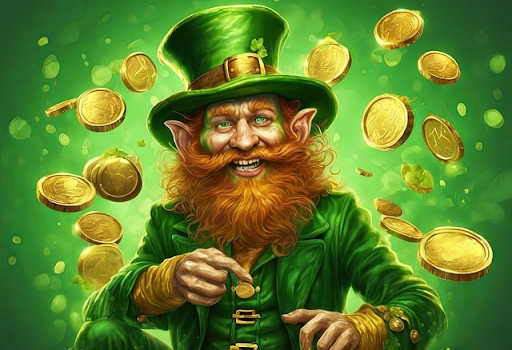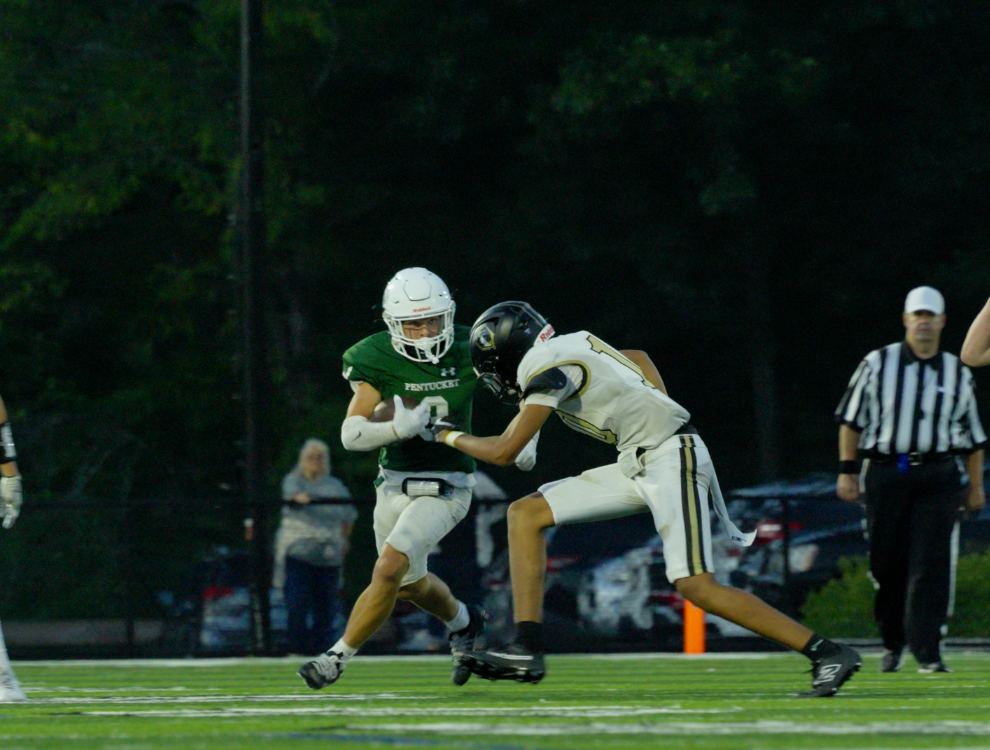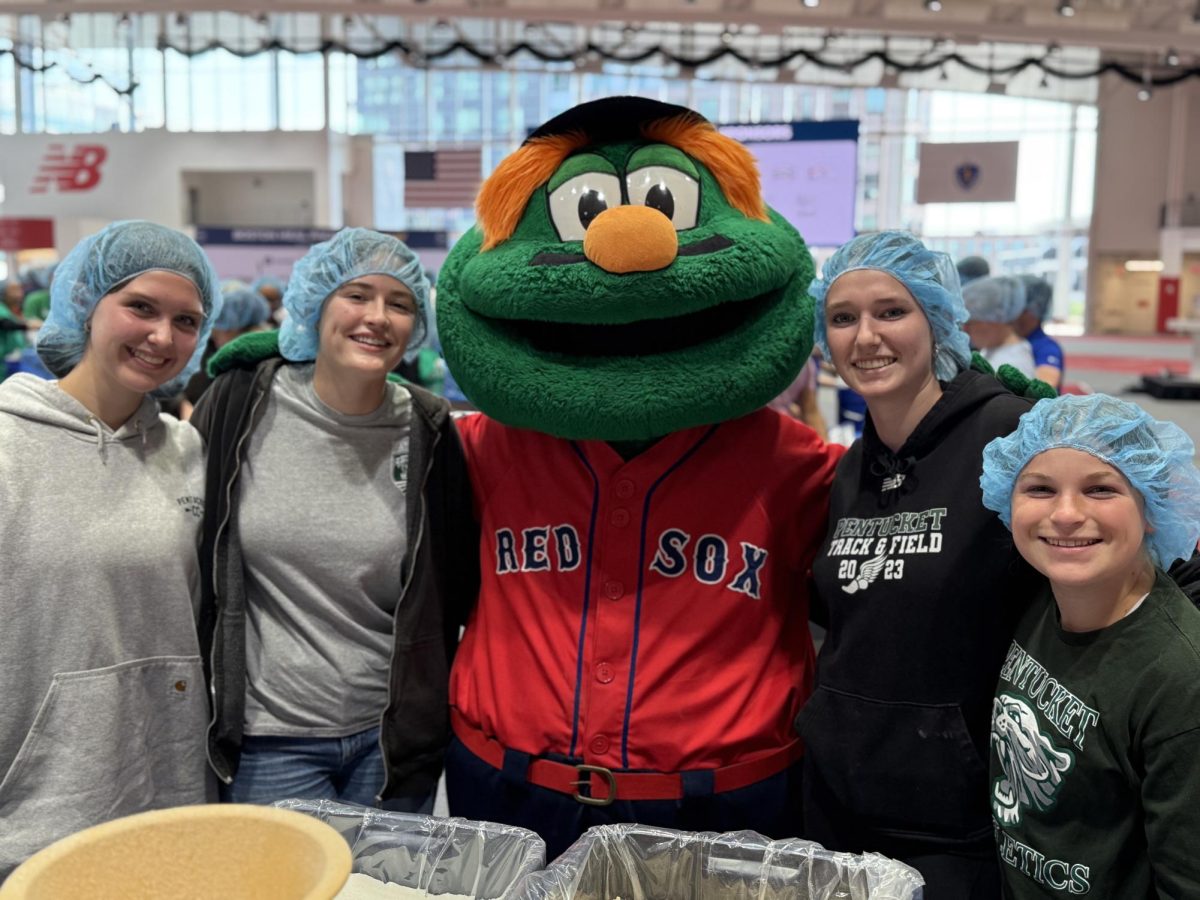The month of March recently began, bringing the start of spring and warmer weather. St. Patrick’s Day will be celebrated on March 17th; a holiday recognized with shamrocks, leprechauns, rainbows, and gold.
However, the celebration of St. Patrick’s Day has developed, and its true meaning has faded.
Surprisingly, the holiday is much more than green beer and shamrock sunglasses.
What do people know about St. Patrick’s Day?
Unlike other commonly celebrated holidays, the origin of St. Patrick’s Day seems to be a mystery to most. Sophomore Allie Gagnon says, “I don’t know anything about St. Patrick’s Day. I’m even Irish and I have no idea.” Sophomore Julia Bleichfeld is also Irish. She asks, “Is [St. Patrick’s Day] just about Irish people? I have no idea.” Similarly, sophomore Sofia Bellacqua says, “I thought St. Patrick’s Day was just about leprechauns, green, and rainbows. The meaning of St. Patrick’s Day doesn’t really stand out to me.”
Brighton Seymour, a sophomore at Pentucket High School, is one of few who understands the true meaning of St. Patrick’s Day. “I wrote an essay about it because it was also a mystery to me. I learned a lot about the hardships of Saint Patrick and it made me appreciate the holiday more.”
Historical Background of St. Patrick’s Day:
In her essay, Seymour writes that St. Patrick was, “…born to rich Roman parents and lived a simple life with them up until he was 16 years old. He was captured by Irish pirates that smuggled him into Ireland and forced him to slavery”(Seymour 1). This was around the year 390 CE.
Seymour notes that when St. Patrick was enslaved, he “…was an atheist, but he felt deeper connections to God that led him to strive for a Christian religion”(Seymour 1). At the time, most of Ireland practiced the Celtic Pagan Religion. However, when St. Patrick eventually escaped enslavement, he promoted Christianity in Ireland and many people changed religions. St. Patrick devoted the rest of his life to preaching the messages of God.
The celebration of his life, also known as St. Patrick’s Day, saw its first appearance in 1601. The day was originally celebrated with a feast to honor Saint Patrick on March 17, which was supposedly the day he died.
Pentucket English teacher Andrew Casey lived the first eight years of his life in Ireland, and he remembers how religiously practiced the holiday was. “Saint Patrick’s Day was a religious holiday. Everything was closed, even schools. You went to church or mass during the day, and then had dinner with your family. The holiday was similar to Easter or Christmas. In the early 2000s, it changed a lot and Ireland became less religious. The holiday became more like the American version of it with parades and drinking. Ireland started to invite tourists to celebrate.”
Casey explains how the culture in Ireland has changed from when he was a kid. “Everybody was religious. Every kid went to a Catholic school, and your teachers were nuns. I think that less people in Ireland attend church, but there are still Catholic schools.”
Legends around St. Patrick’s Day:
In the Bible, snakes and serpents are symbols of the devil. No snakes inhabit the island of Ireland, and legend has it that Saint Patrick was the one who drove them out.
There is also a famous legend that Saint Patrick used the shamrock and its three leaves to explain the Holy Trinity (Father, Son, Holy Trinity). The clover is also a symbol of Ireland and is now associated with St. Patrick’s Day.
Leprechauns, small mischievous creatures that are common in Irish folklore, were brought into the holiday because of their important role in Irish culture. It is a myth that leprechauns can’t see green, so wearing green on the holiday will save you from their naughty tricks.

Making leprechaun traps has become a fun tradition followed by children around the world. Bleichfeld remembers making traps and trying to catch the leprechaun when she was a kid. “I think it was kind of fun. Except we never caught one so then I got sad.”
Gagnon says the same. “I remember making traps with my little brother. I also remember coming to school and all of the toilets would be dyed green.”
New Traditions:
Homesick Irish immigrants are thought to have brought the holiday to America. Over the years, the holiday has gained popularity and new traditions have started.
In 1848, Irish patriots came together to create the New York City St. Patrick’s Day Parade. This parade is an extremely popular event and is one of the largest parades held in the United States. In the spirit of the holiday, the Chicago River is dyed green, and many people spend the night at a pub drinking green beer.
However, Seymour explains that there is almost no point in celebrating the holiday anymore, because “…no one remembers or cares about the life that St. Patrick lived, and no one celebrates with his accomplishments in mind”(Seymour 4).
While leprechaun traps, green toilets, and parades are fun traditions for adults and teenagers to reminisce on, they are separated from the real intent of the holiday.
So when March 17th rolls around the corner, remember to take a moment to recognize and appreciate the real intent of the holiday.



















Sofia • May 23, 2024 at 7:46 am
This is a very good article and it is very well done.